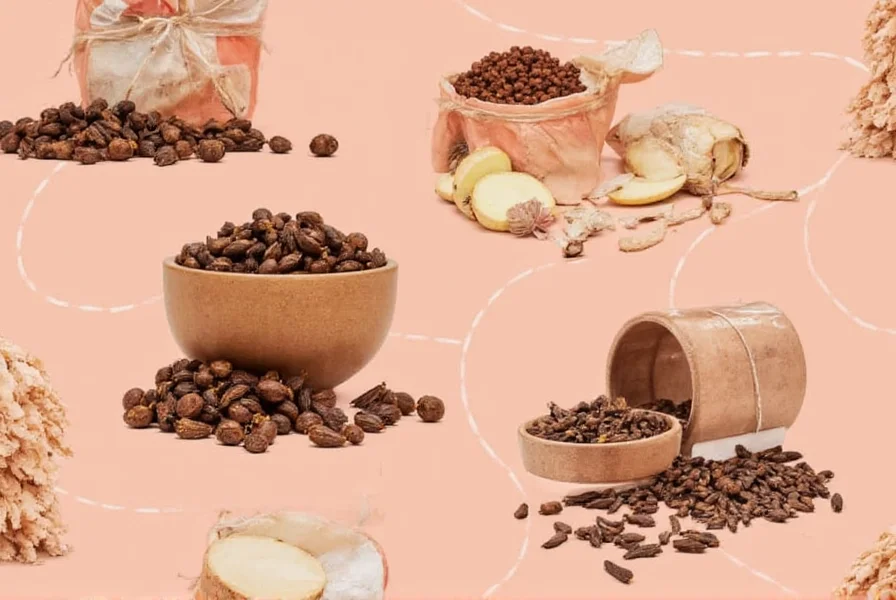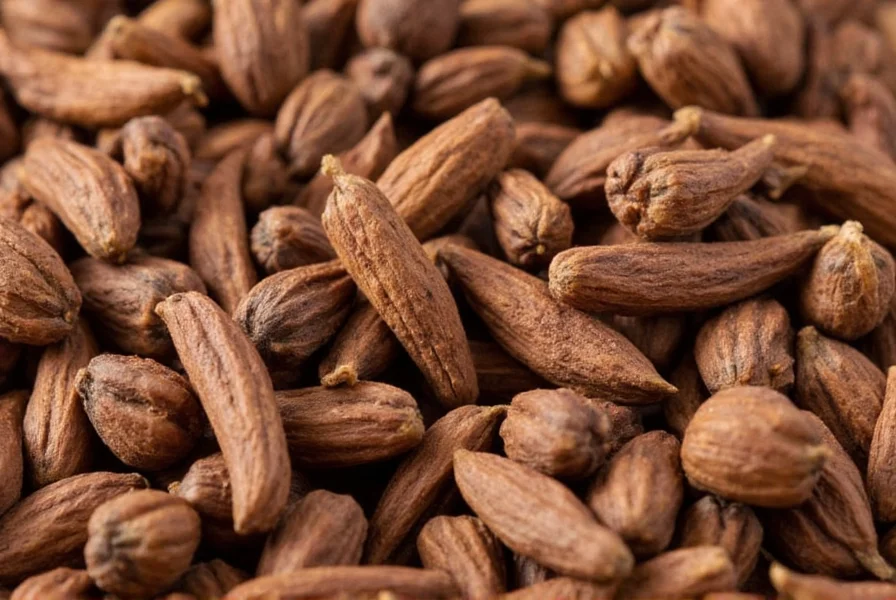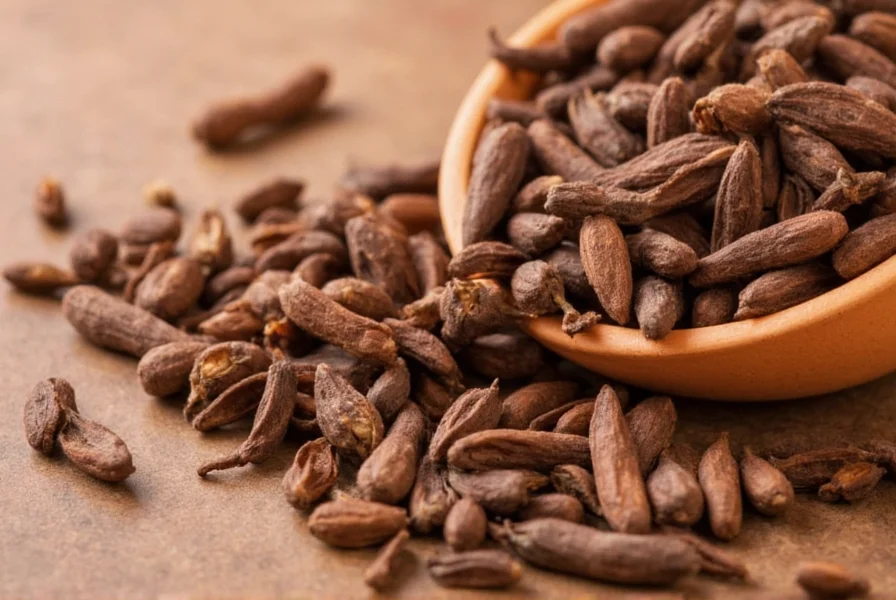Cloves often confuse home cooks who wonder are cloves considered spicy in the same way as chili peppers or black pepper. The truth lies in understanding the difference between thermal heat and pungency. Unlike capsaicin-containing spices that trigger burning sensations, cloves deliver a complex flavor profile dominated by warmth rather than actual spiciness.
The Science Behind Clove Flavor
Whole cloves contain approximately 70-90% eugenol, a phenolic compound responsible for their distinctive aroma and warming sensation. When you bite into a clove, eugenol stimulates thermoreceptors in your mouth, creating what many perceive as "heat" - but this is fundamentally different from the capsaicin-induced burn of chili peppers.

Spicy vs. Pungent: Culinary Terminology Explained
The confusion around cloves flavor profile stems from imprecise culinary language. In professional cooking terminology:
| Term | Definition | Examples |
|---|---|---|
| Spicy | Heat from capsaicin (chili peppers) | Jalapeños, habaneros, cayenne |
| Pungent | Sharp, penetrating flavor without burning heat | Cloves, black pepper, mustard |
| Warming | Thermal sensation without actual temperature change | Cloves, cinnamon, ginger |
Why Cloves Feel "Hot" Without Being Spicy
Eugenol in cloves activates TRPV1 receptors - the same receptors that respond to actual heat and capsaicin. However, the sensation differs significantly:
- Capsaicin creates an intense, localized burning that builds gradually
- Eugenol produces a diffuse warming sensation that peaks quickly
- Clove "heat" dissipates faster than chili heat
- Water effectively reduces clove sensation but worsens chili burn
Culinary Applications: Using Cloves with Actual Spicy Ingredients
Understanding the difference between spicy and pungent spices helps create balanced dishes. Chefs often combine cloves with genuinely spicy ingredients to achieve complex flavor profiles:
In Indian cuisine, cloves appear in garam masala alongside chili peppers, creating layered heat experiences. The warming clove notes complement rather than compete with actual spiciness. Similarly, in Indonesian sambal recipes, cloves provide aromatic depth beneath the primary chili heat.
When experimenting with how to use cloves in spicy recipes, consider these principles:
- Add whole cloves early in cooking for subtle background warmth
- Use ground cloves sparingly in spicy rubs (1/8 teaspoon per serving)
- Balance with cooling agents like coconut milk when combining with chilies
- Remove whole cloves before serving to prevent overwhelming pungency
Common Misconceptions About Clove Heat
Many believe cloves rank high on heat scales like the Scoville scale. This represents a fundamental misunderstanding - cloves don't register on Scoville measurements because they contain no capsaicin. The why do cloves feel hot phenomenon relates entirely to eugenol's interaction with sensory receptors.
Another frequent error involves substituting cloves for chili peppers in recipes. While both provide intensity, their chemical bases differ completely. Replacing cayenne with cloves in a curry would yield completely different results - aromatic warmth instead of burning heat.

Practical Tips for Home Cooks
When working with cloves in dishes that also contain genuinely spicy ingredients:
- Start with one whole clove per pound of meat in spicy stews
- Toast cloves briefly before grinding to enhance aromatic qualities
- Pair with acidic ingredients like tomatoes to balance pungency
- Use clove-infused oil as finishing touch on spicy dishes
Remember that cloves heat level compared to chili isn't comparable on traditional scales. Their contribution is aromatic and warming rather than truly spicy. This understanding allows for more intentional spice blending in your cooking.
Conclusion
Cloves offer unique culinary value through their warming, aromatic properties rather than actual spiciness. Recognizing this distinction helps cooks create more balanced dishes, especially when combining cloves with genuinely spicy ingredients like chili peppers. The next time you wonder are cloves spicy, remember they provide pungent warmth rather than capsaicin-based heat - a crucial difference for thoughtful recipe development.











 浙公网安备
33010002000092号
浙公网安备
33010002000092号 浙B2-20120091-4
浙B2-20120091-4